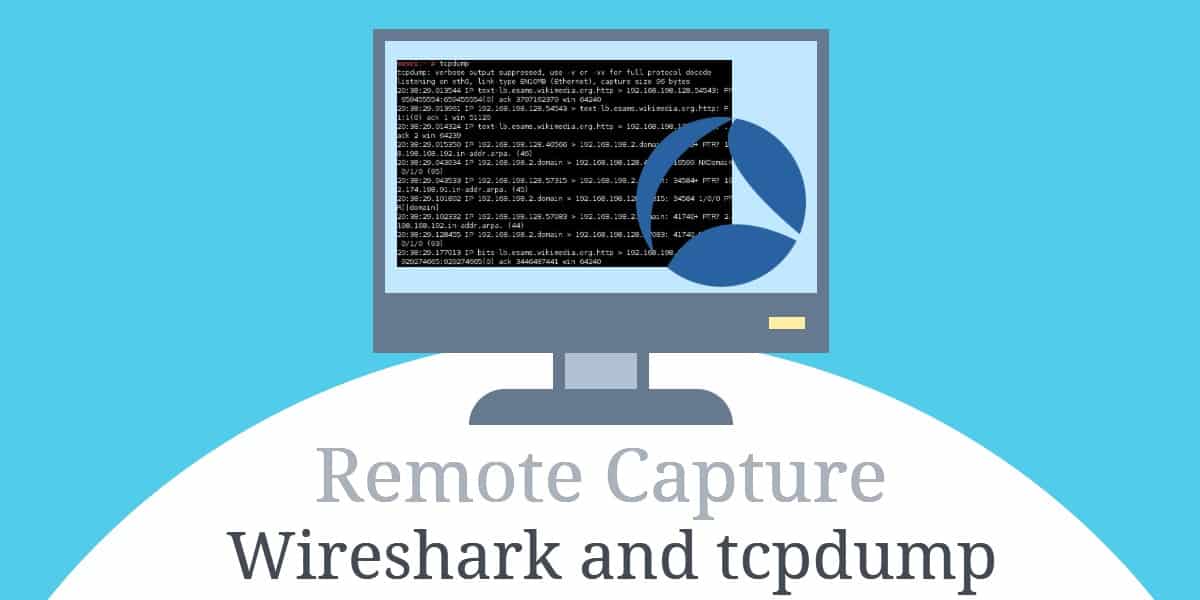
 Purchased Add-ons feature is unavailable. Cross Site Request Forgery (CSRF) protection changes in Atlassian REST. How to capture HTTP traffic using Wireshark, Fiddler, or tcpdump. Best practices for performance troubleshooting tools. Database Troubleshooting and How-to Guides. Application Links Troubleshooting Guide. In our previous article, we have seen 20 Netstat Commands (netstat now replaced by ss command) to monitor or manage a Linux network. This is our another ongoing series of packet sniffer tool called tcpdump. Here, we are going to show you how to install tcpdump and then we discuss and cover some useful commands with their practical examples. #HOW TO CHECK UDP PACKET LOSS ON PCAP WIRESHARK HOW TO# Tcpdump is a most powerful and widely used command-line packets sniffer or package analyzer tool which is used to capture or filter TCP/IP packets that are received or transferred over a network on a specific interface. It is available under most of the Linux/Unix-based operating systems.
Purchased Add-ons feature is unavailable. Cross Site Request Forgery (CSRF) protection changes in Atlassian REST. How to capture HTTP traffic using Wireshark, Fiddler, or tcpdump. Best practices for performance troubleshooting tools. Database Troubleshooting and How-to Guides. Application Links Troubleshooting Guide. In our previous article, we have seen 20 Netstat Commands (netstat now replaced by ss command) to monitor or manage a Linux network. This is our another ongoing series of packet sniffer tool called tcpdump. Here, we are going to show you how to install tcpdump and then we discuss and cover some useful commands with their practical examples. #HOW TO CHECK UDP PACKET LOSS ON PCAP WIRESHARK HOW TO# Tcpdump is a most powerful and widely used command-line packets sniffer or package analyzer tool which is used to capture or filter TCP/IP packets that are received or transferred over a network on a specific interface. It is available under most of the Linux/Unix-based operating systems. 
tcpdump also gives us an option to save captured packets in a file for future analysis. It saves the file in a pcap format, that can be viewed by tcpdump command or an open-source GUI-based tool called Wireshark (Network Protocol Analyzer) that reads tcpdump pcap format files. Many Linux distributions already shipped with the tcpdump tool, if in case you don’t have it on a system, you can install it using either of the following commands. Getting Started with tcpdump Command Examples Once the tcpdump tool is installed on your system, you can continue to browse the following commands with their examples. Tcpdump: verbose output suppressed, use -v or -vv for full protocol decode The command screen will scroll up until you interrupt and when we execute the tcpdump command it will captures from all the interfaces, however with -i switch only capture from the desired interface. #HOW TO CHECK UDP PACKET LOSS ON PCAP WIRESHARK HOW TO#.






 0 kommentar(er)
0 kommentar(er)
